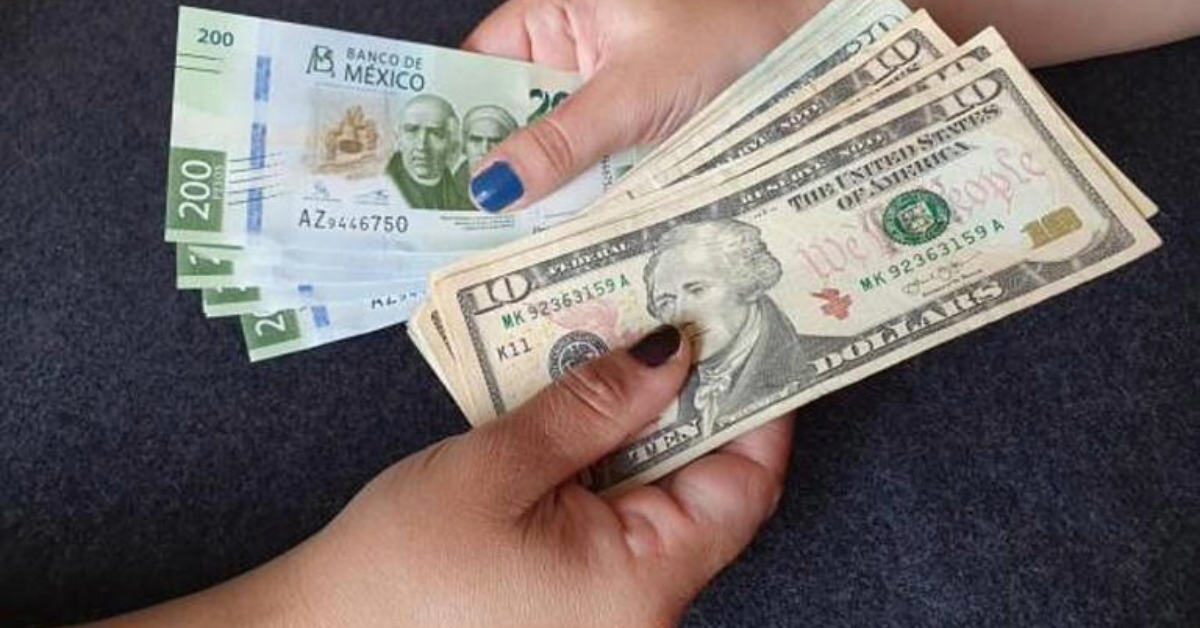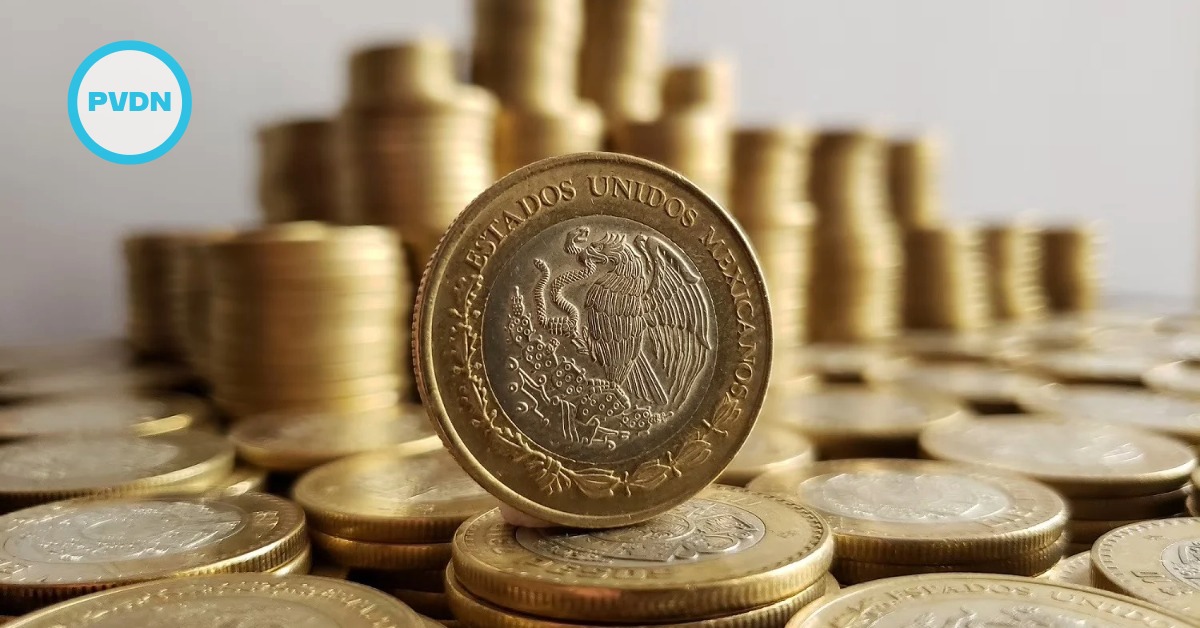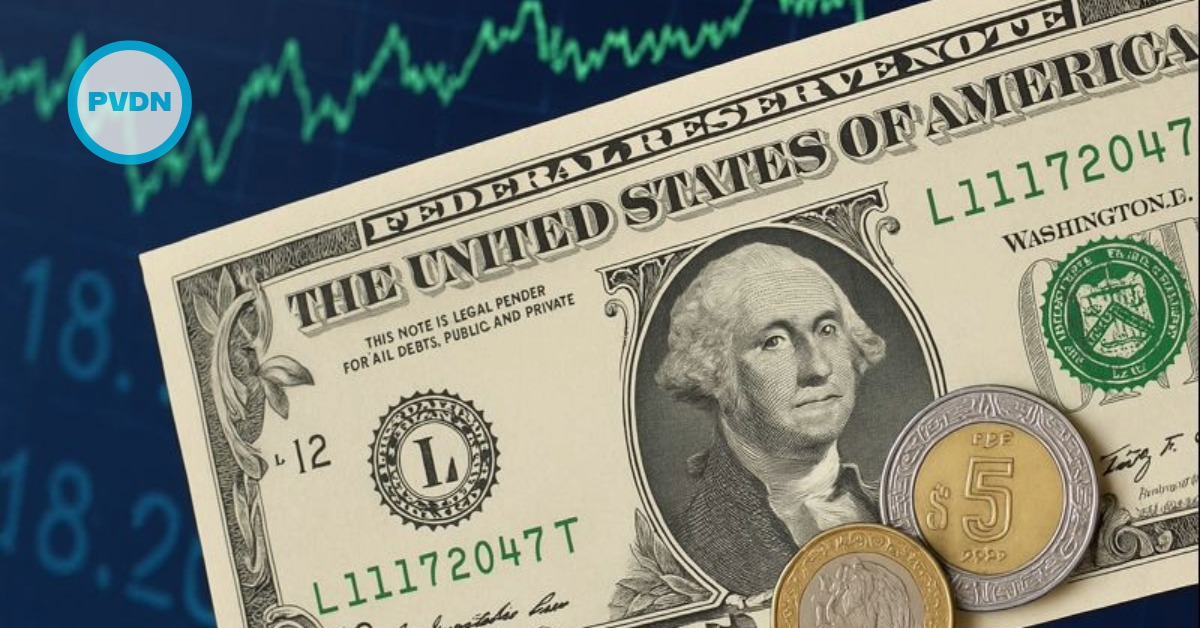After several days of the exchange rate hovering around 19 pesos per US dollar, today's figures show a shift closer to the 20-peso mark, with the dollar standing at 19.529 pesos. This marks a noticeable increase from last Friday, signaling a continued rise in recent days. Although the change appears modest, the psychological impact of surpassing the 19-peso threshold remains significant for the Mexican economy.






